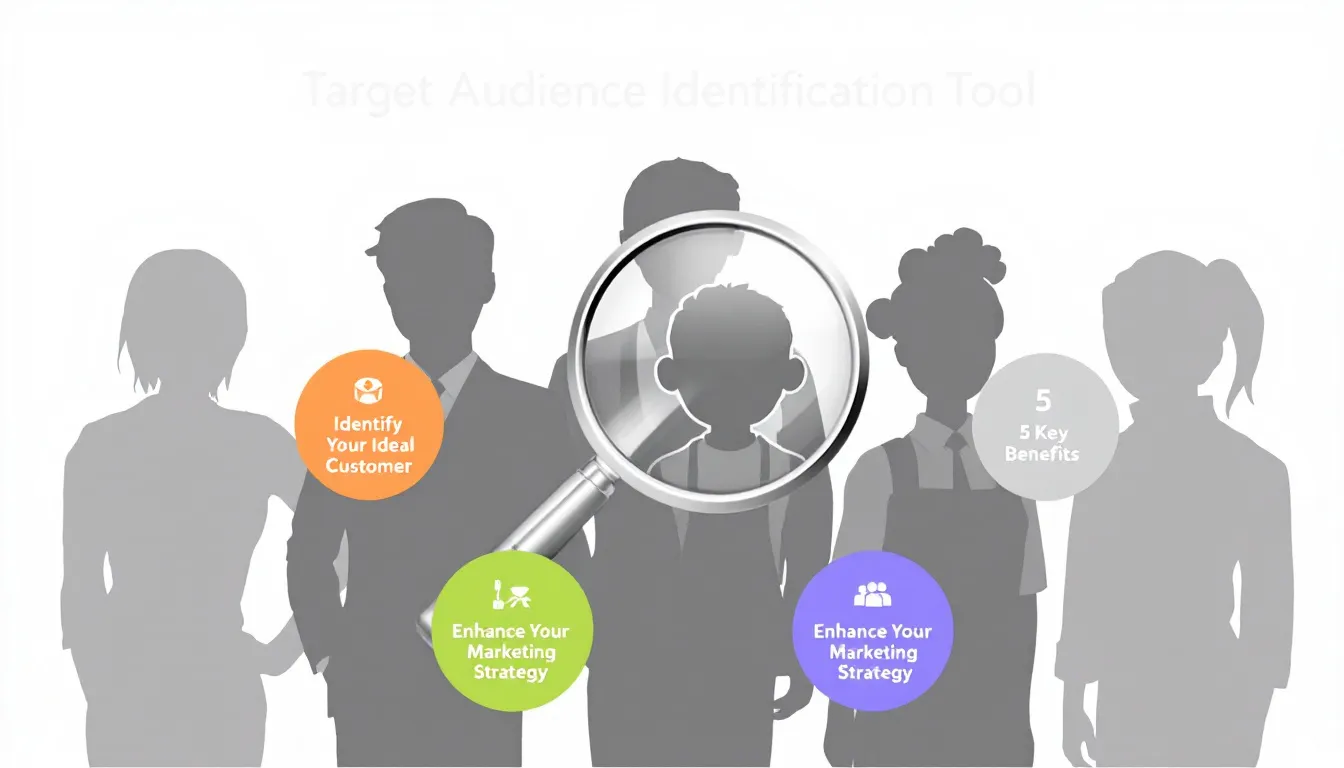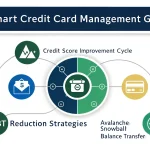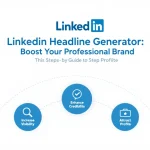Is this tool helpful?
How to Use the Target Audience Identification Tool Effectively
This tool helps you discover the precise customer base for your product or service by analyzing market data. Follow these steps to get accurate and actionable insights:
- Enter Your Product or Service Description: Type the name or a brief description of what you offer. For example, you might enter “Eco-friendly Yoga Mats” or “Online Language Tutoring for Kids.”
- Click the Identify Target Audience Button: Once you input your product details, click the button to start the analysis.
- Review the Target Audience Analysis: The tool generates a detailed profile, which appears below the form, highlighting demographics, interests, and behaviors.
- Copy and Save the Results: Use the provided option to copy the insights for your marketing plans or team discussions.
This straightforward process gives you valuable information to tailor your marketing strategies and product development for better engagement and sales.
Introduction: What Is the Target Audience Identification Tool and Why Use It?
The Target Audience Identification Tool is designed to help businesses and marketers identify the specific group of consumers most interested in their products or services. It combines market research data with intelligent algorithms to provide clear and actionable audience profiles.
By identifying your core customers, this tool helps you:
- Customize marketing messages to resonate with your audience
- Use your budget effectively by targeting the right channels
- Shape products and services that meet customer expectations
- Build stronger customer relationships and loyalty
- Increase the return on your marketing investment
Using this tool aligns your business decisions with real market data, reducing guesswork and improving your chances for success.
Practical Applications of the Target Audience Identification Tool
This tool provides practical value in many business scenarios. Here are common uses demonstrating how it supports your market strategy:
1. Launching a New Product
If you’re introducing a new item—such as “Subscription Boxes for Healthy Snacks”—this tool helps you understand who is most likely to buy. You receive detailed insights into age groups, lifestyle preferences, and purchasing behavior, which guide product features and marketing campaigns.
2. Expanding into New Markets
Planning to grow your business into different regions or cities? The tool reveals variations in local customer preferences. For example, analysis for “Urban Gardening Kits” might show a younger, eco-conscious audience in one area and traditional gardeners older in another, helping you adapt your messaging.
3. Refining Your Brand or Messaging
When you want to attract a new demographic—say, rebranding as a “Tech-Forward Home Appliance Brand”—the tool profiles your ideal customers. It identifies key values such as sustainability or convenience that resonate with your intended audience, guiding visuals, tone, and advertising channels.
4. Optimizing Digital Advertising
For businesses like “Artisanal Coffee Shops” with active social media advertising, the tool highlights which platforms your audience uses most and the content types they engage with. This allows you to focus ad spend where it works best and format messages accordingly.
5. Supporting Content Strategy Development
Financial advisors or educational services can use the tool to determine content preferences for their audience. For example, “Retirement Planning Services” might find that potential clients prefer in-depth articles and video tutorials, guiding your content creation efforts effectively.
Understanding Your Target Audience in Detail
Knowing who your customers are is essential. This tool dives deep into multiple key dimensions of target audience profiling:
Demographic Information
- Age range
- Gender distribution
- Income levels
- Geographic location
Psychographic Traits
- Values and beliefs
- Lifestyle choices
- Interests and hobbies
- Personality traits
Behavioral Patterns
- Shopping habits
- Product preferences
- Brand loyalty
- Engagement with marketing channels
This comprehensive profile helps you craft marketing strategies and product features that appeal specifically to your ideal customers.
Addressing Key Business Challenges with Precise Audience Insights
Problem 1: Unclear Customer Targeting
Without a clear customer profile, marketing efforts waste resources and miss potential buyers.
How the Tool Helps
It provides specific data such as age, income, and interests so you know exactly who to target. For example, identifying your audience as “young parents interested in organic baby products” focuses your efforts effectively.
Problem 2: Wasted Marketing Budget
Marketing without clear direction leads to spending on channels that don’t reach your audience.
How the Tool Helps
The tool reveals where your customers spend time online and the type of content they respond to, enabling efficient allocation of your budget.
Problem 3: Product Development Misalignment
Developing products without knowing customer preferences results in features no one uses or values.
How the Tool Helps
It offers insights into customer pain points and preferences, guiding product improvements and positioning. For instance, if your audience values easy installation and smartphone compatibility, you can prioritize those features.
Maximizing Benefits from Target Audience Identification
- Save Time and Resources: Get fast results compared to traditional market research.
- Base Decisions on Data: Use evidence rather than assumptions to guide strategy.
- Understand Your Customer Better: Access deep demographic and behavioral insights.
- Gain a Competitive Edge: Refine your messaging and product offerings ahead of competitors.
- Scale Efficiently: Identify new segments quickly when launching products or entering markets.
Frequently Asked Questions about the Target Audience Identification Tool
How often should I use this tool?
Use it whenever you launch new products, enter new markets, or observe changes in customer behavior. Regular reviews every 6 to 12 months help keep your insights current.
Can it identify multiple customer segments?
Yes. The tool can uncover distinct groups within your audience, allowing tailored marketing strategies for each segment.
Does this tool support niche or specialized products?
It works well with a broad range of products, providing focused profiles for niche markets to improve targeted outreach.
Is it suitable for B2B marketing?
Yes. The tool analyzes both B2C and B2B audiences, including company characteristics and decision-maker profiles for business buyers.
How can I implement the insights into my marketing?
Compare the tool’s findings with your current customer data, update messaging and channel strategies, and create customer personas to guide all marketing efforts.
Is this tool useful for small businesses and startups?
Absolutely. It provides affordable and actionable market insights that help smaller companies compete effectively.
Does the tool account for regional or cultural differences?
Yes. It includes regional market data and cultural factors but combining this with local knowledge offers the best results.
Can it help spot new market opportunities?
While focused on audience analysis, it often reveals untapped segments or product ideas based on audience needs and preferences.
How does it stay updated with fast-changing markets?
The tool updates frequently with the latest market trends and data, providing relevant analysis for emerging industries and evolving consumer habits.
Can I compare multiple products with this tool?
Yes. You can analyze several products or services in separate sessions to compare target audiences and make informed portfolio decisions.
With targeted and data-driven insights from this tool, you’ll make better marketing choices, develop products that connect with your customers, and improve overall business performance. Use it as a regular resource to stay aligned with shifting market demands and customer expectations.
Important Disclaimer
The calculations, results, and content provided by our tools are not guaranteed to be accurate, complete, or reliable. Users are responsible for verifying and interpreting the results. Our content and tools may contain errors, biases, or inconsistencies. Do not enter personal data, sensitive information, or personally identifiable information in our web forms or tools. Such data entry violates our terms of service and may result in unauthorized disclosure to third parties. We reserve the right to save inputs and outputs from our tools for the purposes of error debugging, bias identification, and performance improvement. External companies providing AI models used in our tools may also save and process data in accordance with their own policies. By using our tools, you consent to this data collection and processing. We reserve the right to limit the usage of our tools based on current usability factors.







